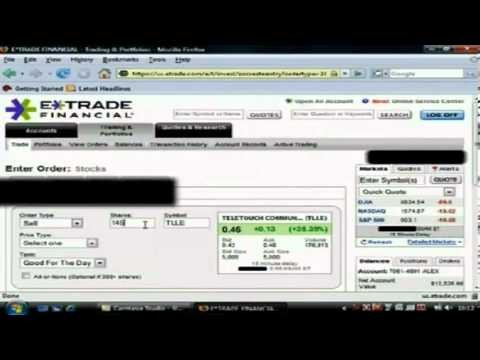Two Ways to Buy Into Battered EmergingMarkets StocksKiplinger
Post on: 6 Апрель, 2015 No Comment

Trying to pick the bottom is futile, but there’s no question that developing markets are cheap.
The bad news about emerging markets is coming from every direction. The Federal Reserve’s decision to cut back on its bond purchases in the U.S. is prompting traders to dump emerging-markets stocks, bonds and currencies—and to buy Treasuries. A slowdown in the rate of China’s growth has put pressure on commodities, which are crucial to the well-being of many emerging economies. Political problems beset a host of emerging markets.
See Also: Emerging Markets Aren’t All at Equal Risk
Suddenly, the bullish story that helped propel the MSCI Emerging Markets index to an annualized return of 9.2% over the 15 years from 1998 through 2012 has been forgotten. Instead of talk of globalization, favorable demographics and low labor costs, investors are fretting over real estate bubbles and bad loans (China), upcoming elections or political paralysis (Brazil, India, Indonesia, South Africa, Turkey) and awful corporate governance (China, Russia).
The selloff has been both dramatic and prolonged. The MSCI index lost 2.3% in 2013 and has dropped another 6.5% so far this year. Over the past three years, it has lost an annualized 2.2%. Indeed, emerging markets haven’t yet regained the highs they reached before the 2007-09 bear market. (All returns in this article are through February 10, unless otherwise stated.)
Advertisement
But is the selling overdone? How far must these stocks fall before they become screaming buys? I reached out to three broad-based international funds, which usually invest a portion of their assets in developing markets. I picked them because they don’t have to invest in emerging-markets stocks. So they should be more objective than managers of dedicated emerging-markets funds.
Although these managers can’t disclose details of what they’ve done since the end of the year, they agree that emerging-markets stocks are a lot more interesting than they were just a month or two ago.
Scott Berg, manager of T. Rowe Price Global Growth Stock (symbol RPGEX ), is the most outspokenly bullish. “The fear and loathing of these stocks is pretty widespread now,” he says. He views that as “a symptom of a bottom. It’s a great time to be putting money to work in emerging markets. It’s a good time to be pulling the trigger.”
Indeed, Berg is. He entered 2014 with 21.5% of his fund’s assets in emerging markets. As of February 7, he had 25% in emerging markets.
The MSCI index, Berg points out, is trading at just 10 times analysts’ estimated earnings for the next 12 months—compared with 15 times earnings for the developed world, including the U.S. To me, the low valuations are compelling. Anytime price-earnings ratios get close to single digits, there has to be something terribly wrong to make me bearish. What’s always unclear, though, is the timing of a recovery.
Emerging markets, Berg says, make up about 40% of worldwide gross domestic product. Yet they constitute less than 10% of global stock market value.
Ferrill Roll, a co-manager of Harding Loevner International Equity (HLMNX ), won’t talk about what the fund has done since the end of last year, when it had 15.7% in emerging-markets stocks. But he says, “With stocks down and currencies continuing to fall, at some point these companies become more attractive.”
Roll offered two examples. Last fall, the fund added to its holdings of Brazil’s Itau Unibanco (ITUB ) and India’s ICICI Bank Ltd. (IBN ). “Both stocks rallied in the fourth quarter, and the January carnage brought them back down to where we bought them. Both banks are premier franchises. They’ve been pummeled, and they’ll come out intact, if not stronger,” he says. Artisan International (ARTIX ) had 12% in emerging-markets stocks at year’s end. Longtime manager Mark Yockey said through a spokesman that he can’t discuss what he’s done yet this year but that he’s become more interested in the stocks as prices have fallen.
What to buy? Vanguard FTSE Emerging Markets Index ETF (VWO ). an exchange-traded fund that tracks the FTSE Emerging Markets index, charges just 0.18% a year. Among actively managed funds, another good choice is Harding Loevner Emerging Markets (HLEMX ). a member of the Kiplinger 25. Harding Loevner is the more conservative offering and has held up better in the down years. But the Vanguard fund will likely lead the way when the next bull market dawns for emerging markets.
Steve Goldberg is an investment adviser in the Washington, D.C. area.














